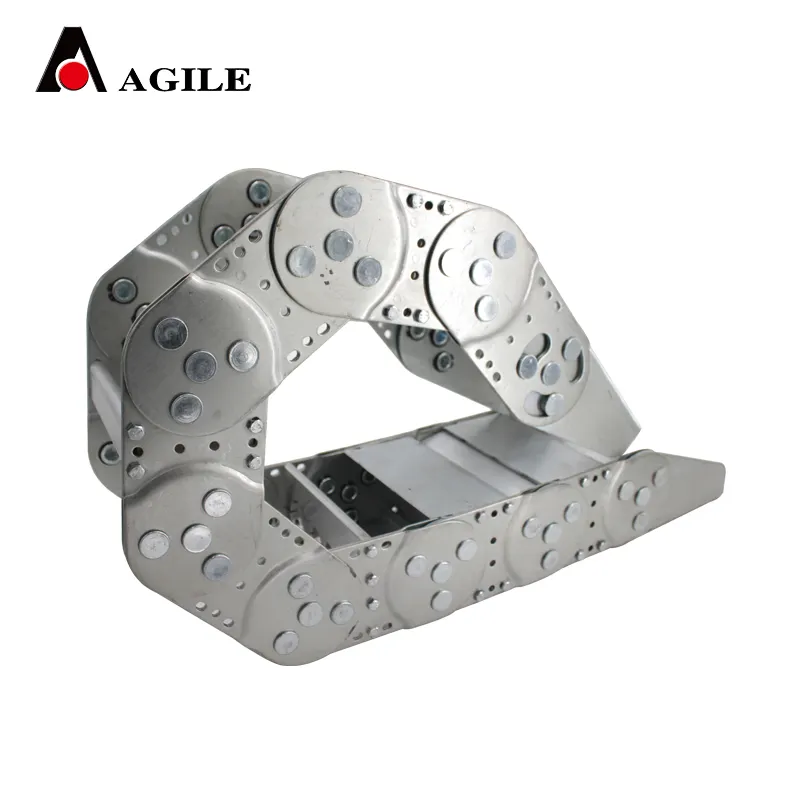Understanding the Functionality and Applications of Synchronous Belt Drive Systems
Understanding Synchronous Belt Drives A Comprehensive Overview
Synchronous belt drives are essential components in various mechanical systems, playing a crucial role in ensuring precise motion and synchronization of rotating elements. They have become a preferred choice in industries ranging from automotive to manufacturing, owing to their efficiency, reliability, and ability to maintain constant timing between driven parts. This article aims to elucidate the principles, components, advantages, applications, and maintenance considerations of synchronous belt drives.
Principles of Operation
Synchronous belt drives operate on the principle of positive engagement between the belt and the pulley, which is configured with teeth that mesh with corresponding grooves on the belt. This design ensures that there is no slippage during operation, unlike traditional V-belt drives. The synchronous motion achieved by the belt is critical for applications requiring precise timing between moving components, such as in camshaft and crankshaft systems in automotive engines.
Key Components
The primary components of a synchronous belt drive include
1. Synchronous Belt Made from high-strength materials such as neoprene or polyurethane, synchronous belts feature a specific tooth profile that fits into the grooves of the pulleys. These belts are available in various widths and lengths to accommodate different applications.
2. Pulleys Pulleys are the driving and driven components of the system. They are designed with matching teeth to engage with the synchronous belt effectively. Pulleys can vary in size, affecting the speed and torque delivered to the connected components.
3. Tensioning Mechanism To maintain optimal performance, the tension in the synchronous belt must be correctly set. Tensioning mechanisms, such as idler pulleys or tensioners, can adjust the belt's tension to prevent slack that could lead to wear or slippage.
4. Bearings and Shafts Bearings support the pulleys on their shafts, allowing for smooth rotational motion. They must be properly selected based on load requirements and desired rotational speed.
Advantages of Synchronous Belt Drives
1. Precision One of the most significant advantages of synchronous belt drives is their ability to maintain exact timing between components. This precision is crucial in applications like robotics and conveyor systems.
2. Low Maintenance Synchronous belt drives typically require less maintenance compared to chain drives. They do not need lubrication, reducing maintenance efforts and costs.
synchronous belt drive

4. Quiet Operation Synchronous systems operate more quietly than their chain or gear counterparts, which is beneficial in applications where noise reduction is essential.
5. Durability With proper installation and maintenance, synchronous belts can last longer than traditional belts. They are resistant to wear and tear and can operate in various environmental conditions.
Applications
Synchronous belt drives are employed in numerous applications across different sectors. In the automotive industry, they synchronize the camshaft and crankshaft, ensuring the engine operates smoothly and efficiently. In industrial settings, they drive conveyor systems, machine tool components, and packaging machinery. Additionally, they are widely used in robotics, providing precise motion control required for automated processes.
Maintenance Considerations
While synchronous belt drives require less maintenance than other systems, there are still key considerations to ensure longevity and efficiency
1. Regular Inspection Routine inspections can identify signs of wear, such as fraying or cracking of the belt, which could lead to failure if not addressed promptly.
2. Proper Alignment Misalignment of pulleys can cause uneven wear and reduced performance. Ensuring that pulleys are aligned correctly is vital.
3. Tension Monitoring Regularly checking the tension of the belt is essential, as both excessive slack and over-tightening can result in damage or failure.
4. Environmental Considerations The operating environment can significantly affect the lifespan of synchronous belt drives. Exposure to extreme temperatures, chemicals, or contaminants should be minimized.
Conclusion
Synchronous belt drives are invaluable in modern engineering and manufacturing, providing a reliable and efficient solution for motion transfer and synchronization. Understanding their components, advantages, and maintenance needs is essential for maximizing performance in various applications. As technology continues to advance, the role of synchronous belt drives will likely expand, further enhancing their significance in dynamic systems.








